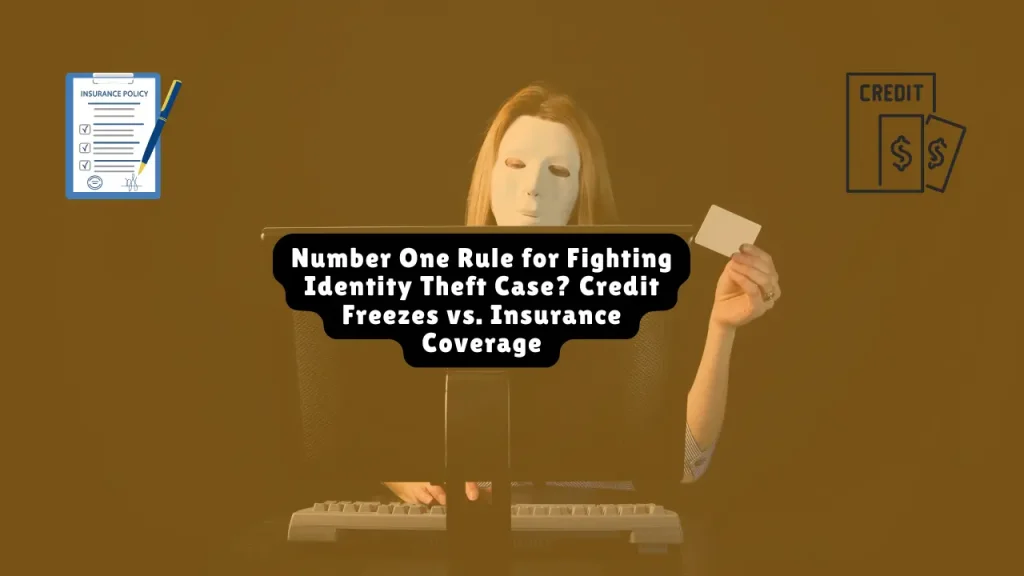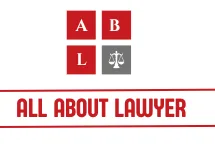Number One Rule for Fighting Identity Theft Case? Credit Freezes vs. Insurance Coverage
The most effective defense against identity theft is a credit freeze. This free, government-backed tool prevents new accounts from being fraudulently opened in your name. However, while a credit freeze blocks unauthorized credit access, it doesn’t reimburse the financial losses or cover recovery services—this is where identity-theft insurance endorsements on homeowners policies can fill in critical gaps.
Table of Contents
The #1 Rule for Fighting Identity Theft: Freeze Your Credit
Hook:
In 2025, synthetic identity fraud surged by 153%, racking up $24 billion in damages—yet 90% of these crimes could’ve been stopped with one 10-minute step: freezing your credit.
Why Freezing Your Credit Works So Well
- It Locks Down Your Financial DNA
A credit freeze blocks lenders from accessing your credit reports at Equifax, Experian, and TransUnion unless you lift the freeze using your PIN. Criminals are blocked from:- Opening fraudulent loans or credit cards
- Renting apartments or setting up utilities in your name
- Creating synthetic identities with your SSN
Impact: Victims with frozen credit suffer 97% fewer new-account fraud losses.
- Opening fraudulent loans or credit cards
- It’s Free, Fast, and Federally Protected
Thanks to the Economic Growth, Regulatory Relief, and Consumer Protection Act:- Free to place and lift at all three credit bureaus
- Instant activation (within one hour online)
- Liftable temporarily through secure apps
- Free to place and lift at all three credit bureaus
- It Complements (Not Replaces) Other Measures
A credit freeze should be used alongside:- Credit monitoring (alerts for existing account activity)
- IRS IP PINs (to stop tax fraud)
- Dark web scans (to find compromised data)
- Credit monitoring (alerts for existing account activity)
What Freezes Don’t Cover
| Not Protected | Solutions |
| Fraud on existing accounts | Monitor bank/credit card statements weekly; enable transaction alerts |
| Employment or medical identity theft | Review Explanation of Benefits (EOB); use E-Verify.gov |
| Phishing or social engineering scams | Use MFA; shred sensitive documents |
How to Freeze Your Credit in 2025
| Credit Bureau | Online Portal | Phone Number | Required Documents |
| Equifax | Freeze Center | 1-800-349-9960 | SSN, driver’s license, proof of address |
| Experian | Freeze Hub | 1-888-397-3742 | SSN, date of birth |
| TransUnion | Credit Freeze | 1-888-909-8872 | SSN, phone number, email |
Pro Tips:
- Store PINs securely using a password manager.
- Freeze your children’s credit with their SSN and birth certificate.
- Lift freezes only for verified lenders or applications.
Related article: Devastating Effects of Identity Theft

Identity-Theft Coverage Through Homeowners Insurance
While a credit freeze prevents identity theft, it doesn’t help you recover from it or cover the costs. That’s where identity-theft endorsements on your homeowners insurance come into play.
Standard Coverage: What’s Excluded
Basic HO-3, HO-5, or HO-6 policies do not cover:
- Legal fees, lost wages, or document replacement
- Professional recovery services
- Stolen funds (banks cover this via zero-liability policies)
To get protection, add an identity-theft endorsement or cyber insurance rider.
What Identity-Theft Endorsements Include
Cost: $10–$60/year depending on provider
Coverage Limits: Typically $10,000–$25,000
Two Core Functions:
- Case Management Services
- Dedicated fraud specialist coordinates credit disputes, fraud alerts, and recovery tasks.
- 24/7 support from services like CyberScout or Generali Global Assistance.
- Expense Reimbursement
Covers:- Legal and attorney fees
- Notary/postage/phone expenses
- Lost wages due to recovery time
- Replacement of passports or driver’s licenses
- Some credit-monitoring and dark-web scans
- Legal and attorney fees
Not Covered: Unauthorized bank or credit-card charges (banks handle these).
Premiums & Deductibles Breakdown
| Insurer | Annual Cost | Coverage Limit | Notable Features |
| Grange | $10 | $15,000 | Includes dark-web scans |
| State Farm | $25 | $15,000 | No deductible, 24/7 hotline |
| Allstate | $30–$50 | $10K–$25K | Legal support, social monitoring |
| Nationwide | $45 | $25,000 | Tiered limits, fast claims |
| Travelers | Varies | Up to $25,000 | Built into some premium plans |
USAA includes $5,000 in identity-theft coverage automatically.
Claim Process: Step-by-Step Guide
- Report the Theft
- File a police report and FTC Identity Theft Report at IdentityTheft.gov
- File a police report and FTC Identity Theft Report at IdentityTheft.gov
- Notify Insurer
- Call your agent or insurer’s identity-theft hotline with documentation
- Call your agent or insurer’s identity-theft hotline with documentation
- Submit Documents
- Police & FTC reports
- Expense receipts (legal fees, lost wages, etc.)
- Dispute letters to banks/creditors
- Police & FTC reports
- Engage Case Manager
- Specialist helps with disputes, closing fraudulent accounts, and legal documentation
- Specialist helps with disputes, closing fraudulent accounts, and legal documentation
- Receive Reimbursement
- Process typically takes 30–60 days
Policy Limitations to Know
Not Covered:
- Stolen funds (handled by banks)
- Business identity theft (separate commercial policies required)
- Claims due to negligence (e.g., sharing passwords)
- Fraud from outside the U.S. (check for geographic exclusions)
How Insurance Complements a Credit Freeze
| Credit Freeze | Identity-Theft Endorsement |
| Prevents fraud before it happens | Helps recover and reimburses you afterward |
| Free and federally protected | Costs $10–$60/year |
| Instant lock/unlock with PIN | Requires policy activation and claim process |
| Doesn’t cover legal or recovery costs | Covers restoration services and expenses |
Expert Insight
“Credit freezes are the deadbolt on your financial identity. Monitoring is just the window alarm—useful, but not impenetrable.”
— Julie Ferguson, Identity Theft Resource Center
Final Verdict
To truly safeguard your identity:
- Freeze your credit at all three bureaus—this prevents most new-account fraud.
- Add identity-theft insurance to your homeowners or renters policy for peace of mind, professional recovery help, and cost reimbursement.
- Monitor actively with alerts, multi-factor authentication, and secure document disposal.
It takes 15 minutes to freeze your credit. It takes 200+ hours to fix identity theft.
Start now:
- Equifax Freeze Center
- Experian Freeze Hub
- TransUnion Credit Freeze
For further support:
- FTC Identity Theft Recovery
- California DOJ Identity Theft Portal
About the Author

Sarah Klein, JD, is a former consumer rights attorney who spent years helping clients with issues like unfair billing, product disputes, and debt collection practices. At All About Lawyer, she simplifies consumer protection laws so readers can defend their rights and resolve problems with confidence.
Read more about Sarah
